Three of the developed L. vannamei families showed high survival rates under elevated ammonia-N and pH, and low-salinity stresses
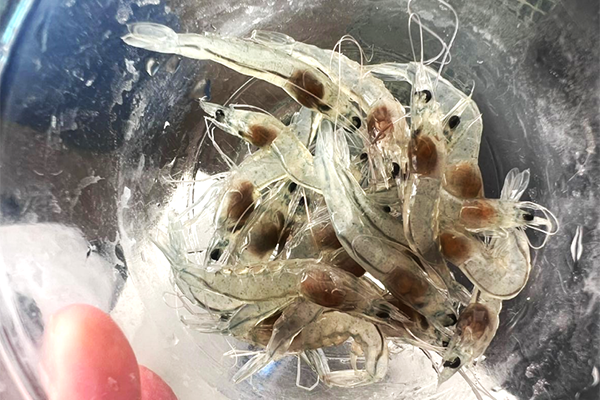
Genetic improvement of Pacific white shrimp (Litopenaeus vannamei) aimed at enhancing stress resistance and adaptation to evolving aquaculture conditions, climate changes and diverse farming practices, is an industry priority. Conducting stress tolerance tests for high ammonia-N, high pH and low salinity in this valuable shrimp species is essential to precisely evaluate and determine genetic parameters of stress tolerance traits. Moreover, comparing stress tolerance across family lines and performing correlation analysis is fundamental for the sustainable culture of L. vannamei.
Breeding values and genetic parameters are essential metrics used to assess genetic traits. The estimation results play a pivotal role in providing a comprehensive understanding and prediction of genetic trait performance across different genotypes for breeders. Such insights allow breeders to develop targeted breeding strategies based on expected results.
By integrating these findings, breeders are empowered to make well-informed choices aimed at enhancing the breeding process overall. The influence of genetic and environmental factors on phenotypic traits underscores the importance of breeding new L. vannamei varieties with enhanced stress tolerance for the health and sustainable development of the shrimp industry.
This article – summarized from the original publication (Shi, M. et al. 2024. Evaluation of Genetic Parameters and Comparison of Stress Tolerance Traits in Different Strains of Litopenaeus vannamei. Animals 2024, 14(4), 600) – reports on a study that produced specific lineages of L. vannamei populations for resilience evaluation under stress conditions such as ammonia-N, pH and salinity, and then performed a genetic parameter analysis to assess the heritability of stress tolerance traits in this shrimp species.
Study setup
The study was conducted at Hainan Lutai Marine Biotechnology Co., Ltd. (Hainan, China). Twenty self-breeding and hybrid families of L. vannamei were developed based on sourcing high-quality germplasm resources, the Dingfeng strain (T) from Thailand and the Daynight Express strain (M) from the United States. These families underwent ammonia-N, pH and salinity stress tests over a 96-hour period to assess their stress tolerance capabilities.
The genetic analysis of survival characteristics in juvenile L. vannamei utilized threshold models for both males and females. The restricted maximum likelihood method (REML) was employed to evaluate genetic parameters related to carapace length, body length, body weight and stress-tolerance traits in L. vannamei. The aim was to enhance the precision of breeding selection for this shrimp species by identifying families with higher tolerance levels.
For detailed information on the experimental design and animal husbandry; parental material and lineage construction; intermediate breeding of family lines, data collection and analyses, refer to the original publication.
Add value to shrimp harvests: Darken environment to enhance shrimp color
Results and discussion
This study focused on estimating the genetic parameters for tolerance to high ammonia-N, high pH and low salinity in 20 families of L. vannamei, revealing significant variability in stress tolerance across different families. Notably, specific families (namely No. 2 and No. 9) demonstrated superior stress tolerance across various conditions and consistently ranked among the top 10 families in resilience to all three tested stressors, distinguishing themselves markedly from other family lines.
Regarding the descriptive statistics of resilience traits, the coefficients of variation for six traits, including carapace length, ranged between 13.06 percent and 46.34 percent, with higher coefficients of variation (44.45–46.34 percent) for survival under stress, and 13.69 percent, 13.06 percent and 38.46 percent for carapace length, body length and body weight, respectively. These significant coefficients of variation in tolerance traits indicate substantial variability in resilience among L. vannamei individuals. Fig. 1 shows the marked variance in the median growth traits across families, with a general linear model (GLM) analysis indicating highly significant differences in these traits among the families.

The survival rates of the various L. vannamei families (Fig. 2) vs. the stressors tested ranged from 19.52 percent to 92.22 percent, 23.33 percent to 92.22 percent, and 19.33 percent to 80.00 percent across 20 families, highlighting superior survival in families No. 2 and No. 9 under stress conditions, and lower survival rates in families No. 4 and No. 15. These descriptive statistics underscore the rich genetic diversity in the growth traits of L. vannamei, pointing to a significant potential for selective breeding. This diversity is crucial for ongoing research and breeding efforts, offering a basis for selecting individuals with enhanced stress tolerance for the refinement and optimization of breeding objectives.

Quantitative traits are characteristics of organisms that vary continuously and can only be quantified through measurement, reflecting a spectrum of variability within a population. These traits are notably influenced by environmental factors. In aquatic organisms, such traits encompass body length, body weight, tolerance to temperature extremes, resistance to high levels of ammonia-N and disease resistance. The genetic analysis of these quantitative traits has been a focal point of recent research within the field of aquatic biology and numerous studies have been conducted with several commercially important species, including other shrimp species.
A genetic parameter serves as a metric indicating the extent of genetic variation attributable to a heritable trait within a family line or population. This metric is deduced through the analysis of genetic relationships among individuals within a related family line or population. Commonly assessed genetic parameters include genetic variance, the genetic correlation coefficient and heritability. In the case of L. vannamei, heritability estimates were calculated for traits associated with tolerance to high ammonia-N (0.44 ± 0.12), high pH (0.41 ± 0.11) and low salinity (0.27 ± 0.08), utilizing the threshold model in L. vannamei for both genders. These values indicate heritability ranges from medium to high, highlighting the genetic basis of these stress tolerance traits.
New artificial intelligence technology can detect early stress symptoms in farmed shrimp
The breeding value is a key metric derived from genetic parameters and trait performance data, designed to predict the future performance of offspring regarding specific traits. It is instrumental for breeders aiming to improve or enhance specific varieties in identifying individuals with superior genetic potential for parentage. Breeding values are typically calculated using methods like selection indices and the accurate estimation of these values is crucial for crafting effective selection programs. In this study, a comparison of selections based on phenotypic values and breeding values for antiretroviral survival traits resulted in identical outcomes. This agreement was noted in the selections made using both phenotypic and breeding values for the survival trait in family lines.
The observed consistency across both breeding and phenotypic values in this study suggests a genetic underpinning for the resistance traits examined, indicating these lines may have a stable genetic basis for such traits. However, some correlation analyses between traits revealed large standard errors, likely due to the limited number of L. vannamei specimens used in the research, necessitating further examination. Nonetheless, the traits generally exhibited low to moderate positive correlations, suggesting that improvements in one trait could indirectly benefit stress tolerance, thereby supporting the selection of family lines with superior stress tolerance traits for genetic enhancement.
Perspectives
Our research uncovered pronounced disparities in stress tolerance among various L. vannamei strains, specifically regarding their responses to high ammonia-N, high-pH and low-salinity conditions. Notably, family lines No. 2 and No. 9 demonstrated significant resilience against elevated ammonia-N and pH levels, whereas family No. 10 was notably tolerant to reduced salinity.
These particular family lines are identified as critical genetic resources for future selective breeding projects aimed at enhancing stress tolerance. The estimation of genetic parameters for a range of traits revealed moderate to high levels of heritability, accompanied by considerable additive genetic effects, highlighting the opportunity for swift genetic improvement through targeted population-based selective breeding strategies.
Additionally, our findings include positive genetic and phenotypic correlations among various growth and stress tolerance traits, laying a solid theoretical foundation for the design of future selective breeding programs that prioritize stress tolerance in L. vannamei.
Now that you've reached the end of the article ...
… please consider supporting GSA’s mission to advance responsible seafood practices through education, advocacy and third-party assurances. The Advocate aims to document the evolution of responsible seafood practices and share the expansive knowledge of our vast network of contributors.
By becoming a Global Seafood Alliance member, you’re ensuring that all of the pre-competitive work we do through member benefits, resources and events can continue. Individual membership costs just $50 a year.
Not a GSA member? Join us.
Author
-
Dr. Falin Zhou
Corresponding author
Key Laboratory of Aquatic Product Processing, Ministry of Agriculture and Rural Affairs, South China Sea Fisheries Research Institute, Chinese Academy of Fishery Sciences, Guangzhou 510300, China[109,111,99,46,110,117,121,105,108,97,64,110,105,108,97,102,117,111,104,122]
Tagged With
Related Posts
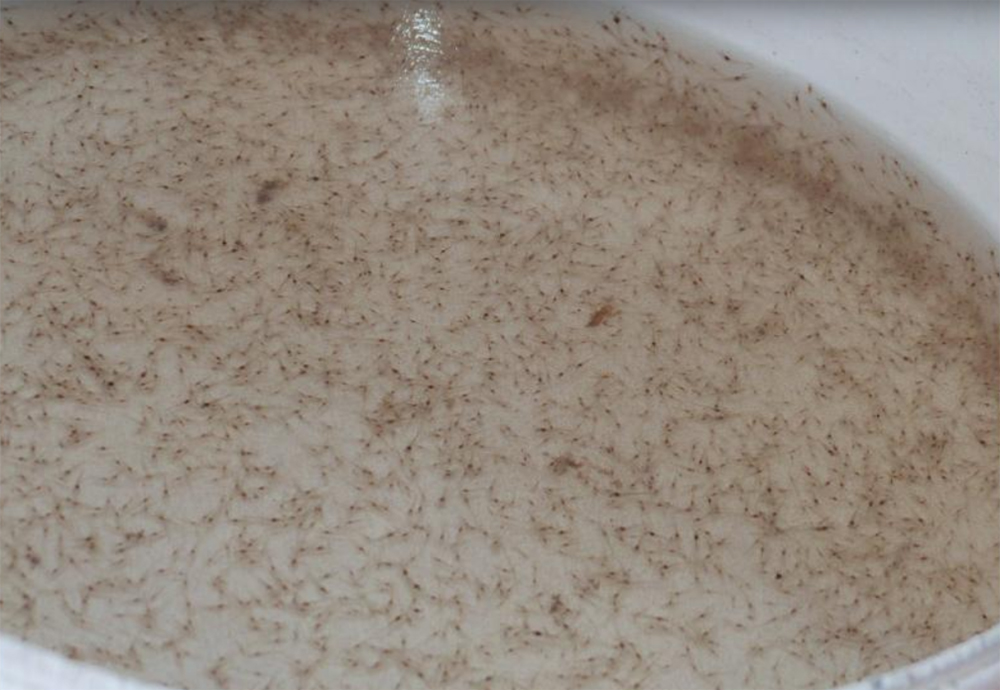
Health & Welfare
Determining causes of osmotic stress in Pacific white shrimp postlarvae
This study evaluated the relationship between the molting stage, age and osmotic stress in Pacific white shrimp postlarvae. The results indicate that osmotic stress tests should be done only with at least PL12 at the intermolt stage and that were cultured at 35 ppt salinity and 29 degrees-C.
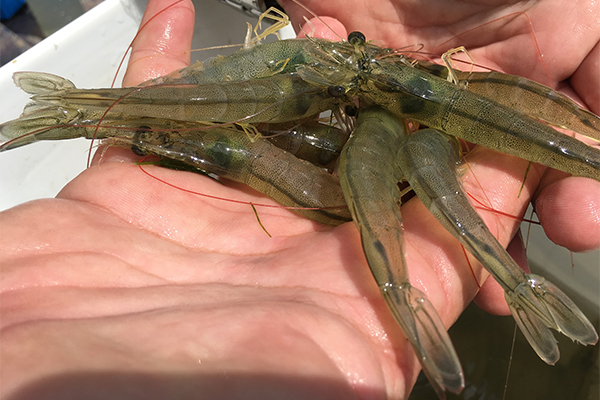
Health & Welfare
Effect of nucleotides on immunoregulation and AHPND resistance in Pacific white shrimp
Including a commercial nucleotide in L. vannamei diets improved growth, survival, immune response, resistance to AHPND and profitability.
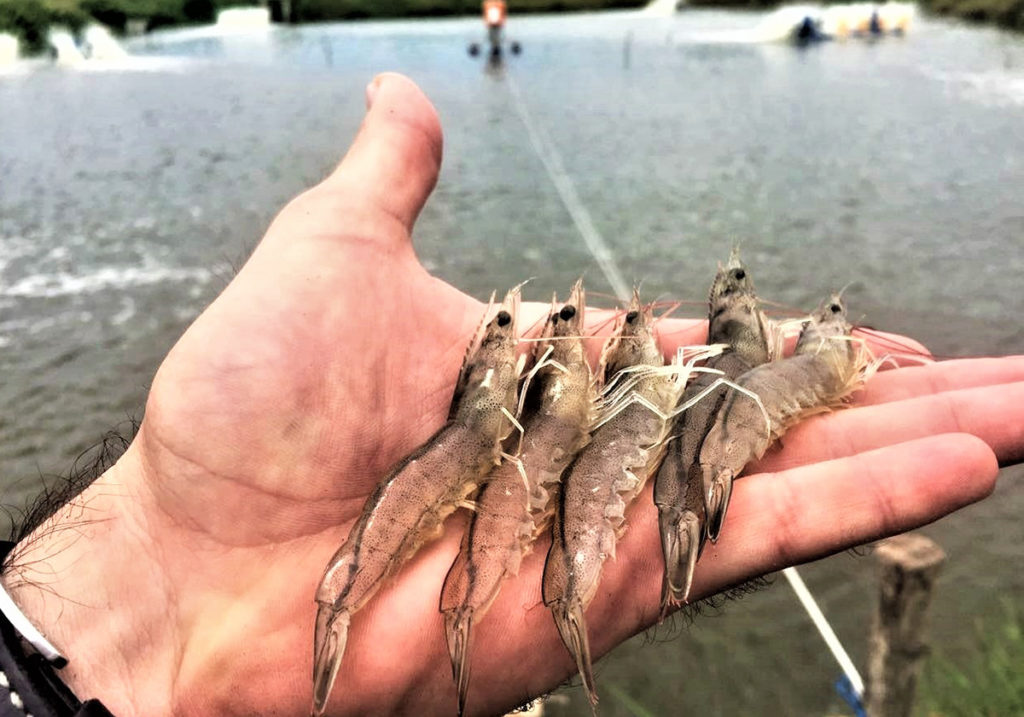
Health & Welfare
Influence of stressors on shrimp susceptibility to White Spot Disease, Part 1
Study stresses the importance of understanding the impact of environmental stressors on farmed shrimp contracting White Spot Disease.
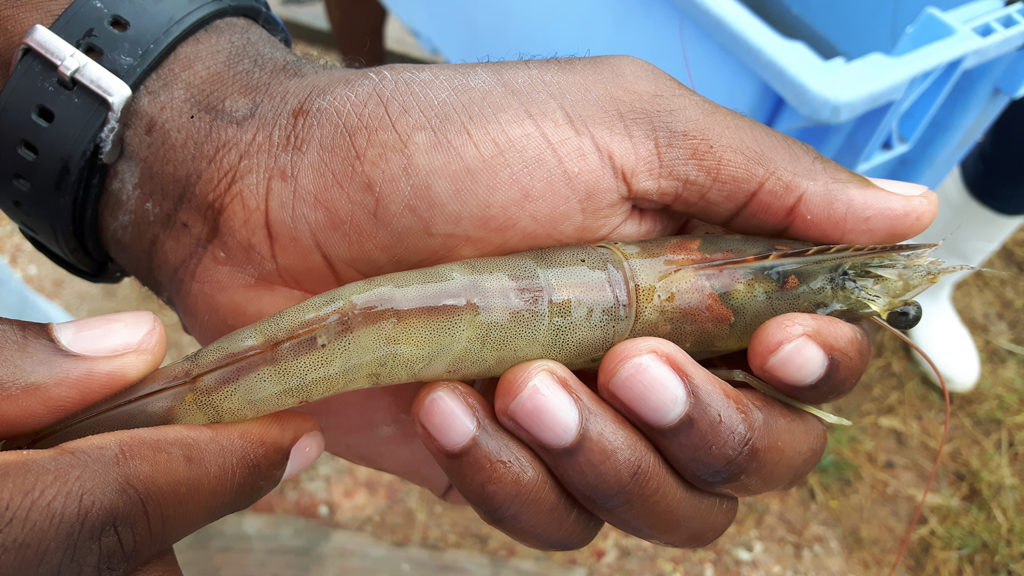
Health & Welfare
Quality, survival of L. vannamei offspring from ablated, non-ablated females
Evaluating the quality and survival of Pacific white shrimp postlarvae from non-ablated female broodstock, a holistic biosecurity and management strategy.



